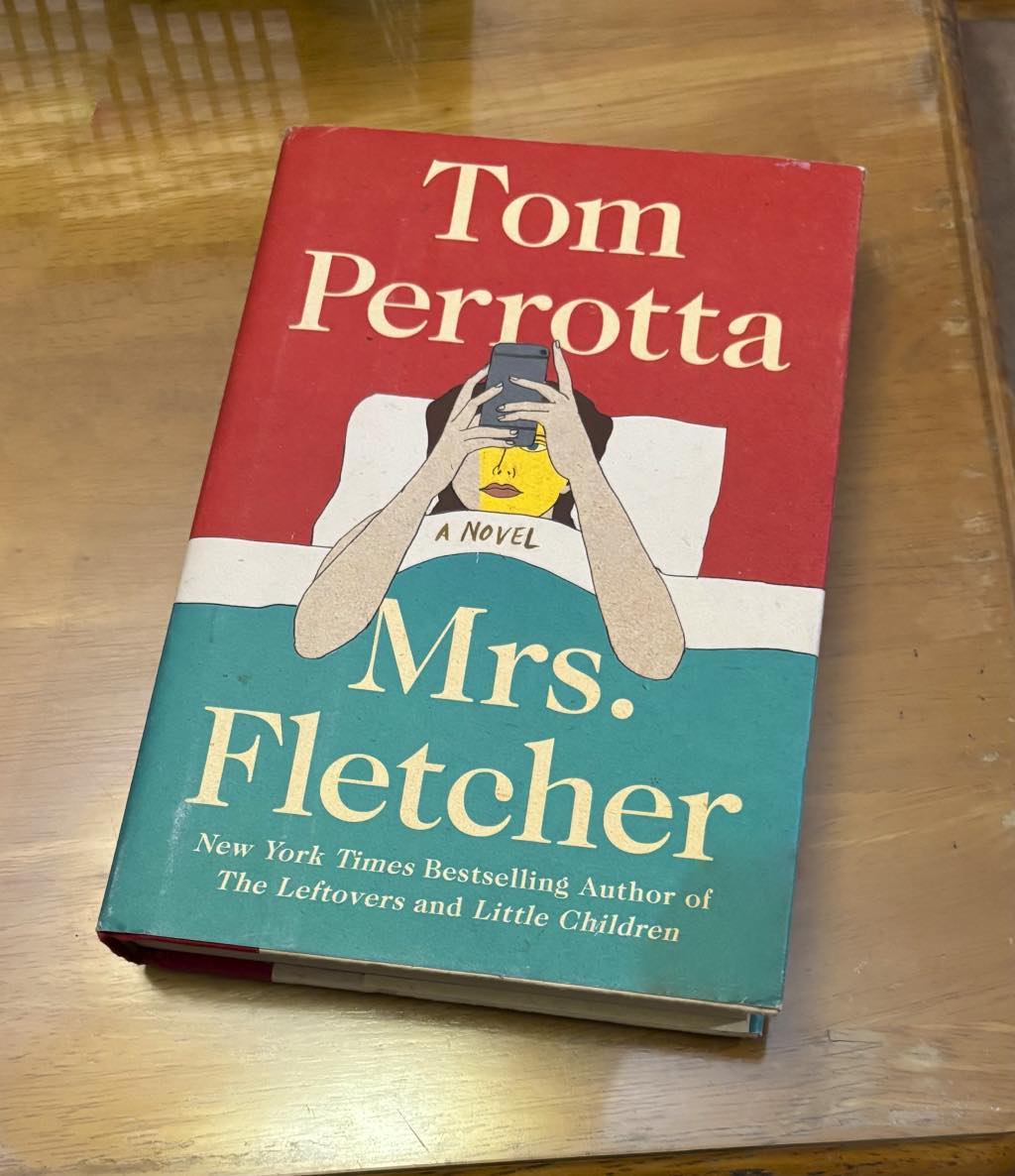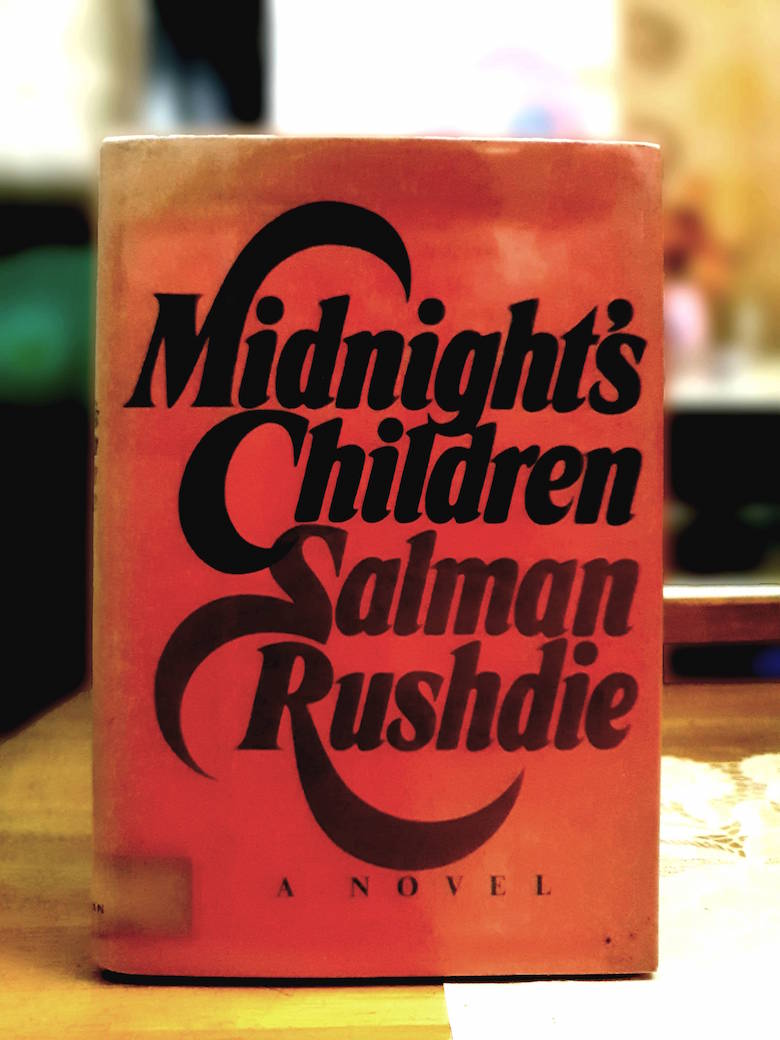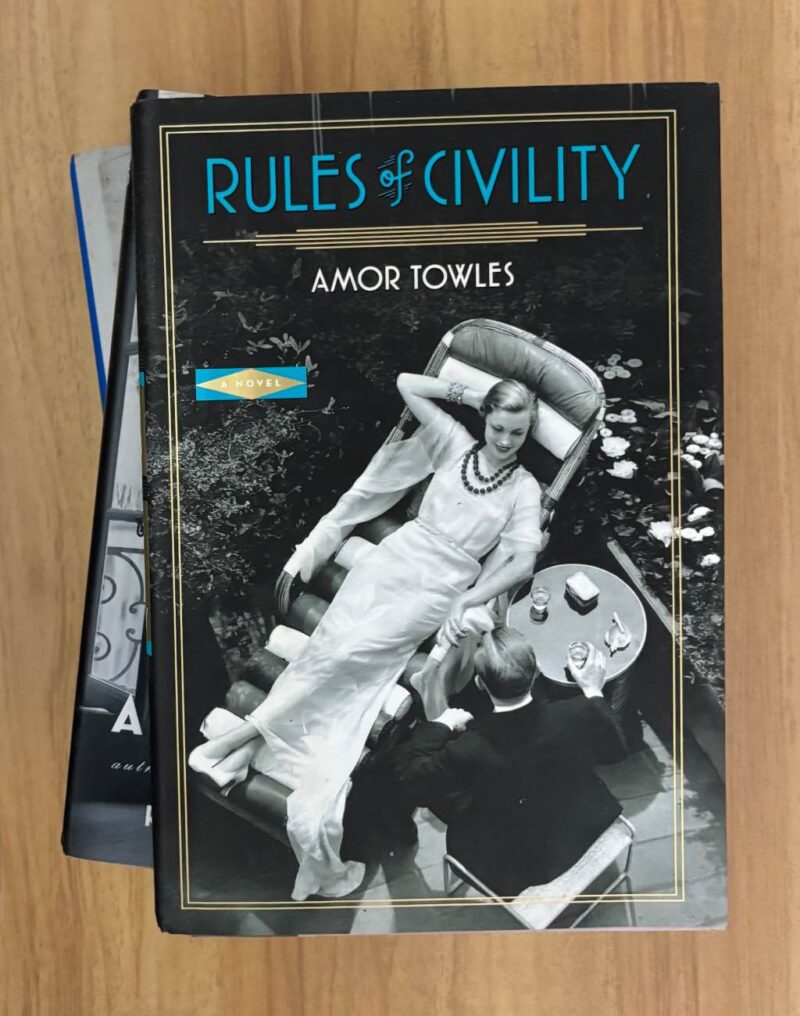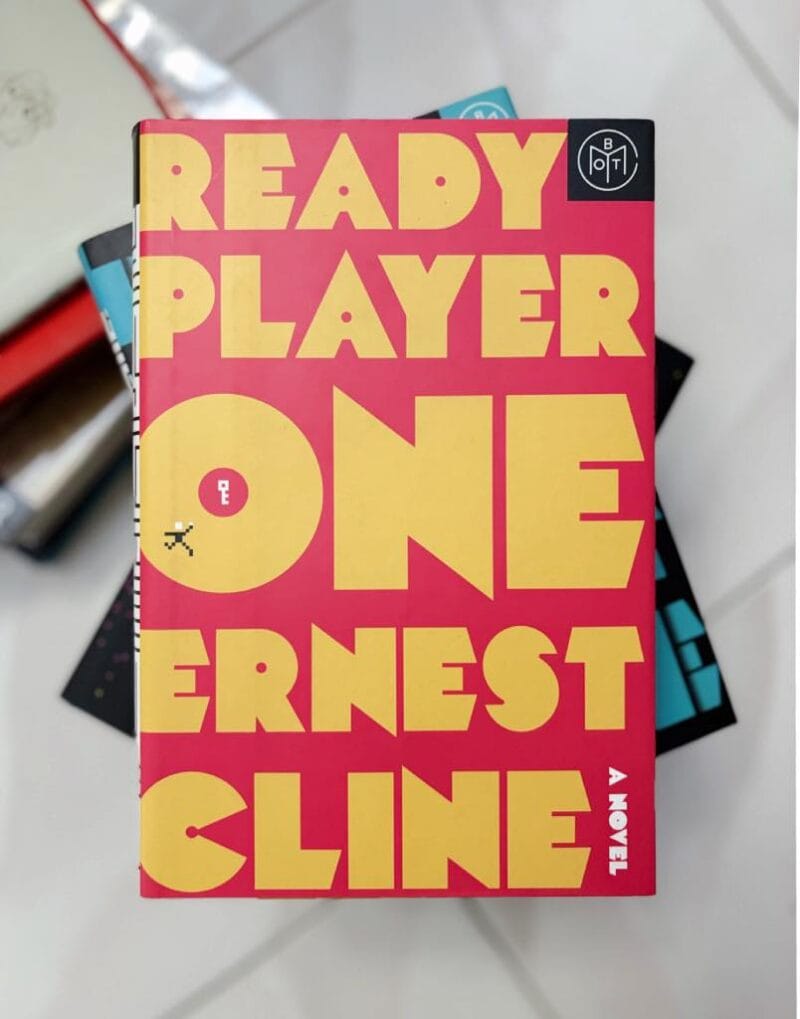In this masterful novel, Mrs. Fletcher (2017), Tom Perrotta employs his signature blend of resonant characterization and sharp social critique to explore the often disquieting terrain of midlife crisis. The narrative orbits Eve Fletcher, a single mother whose unsettling solitude after her son leaves for college becomes a catalyst for significant self-examination, with the novel profoundly exploring complex questions of identity, aging, and female desire.
Recognized for his perceptive insights and ability to illuminate the complexities within seemingly mundane suburban life, Perrotta melds nuanced character studies with incisive social observations. The result is a novel that balances humor with empathy while vividly portraying the intricate dynamics of unexpected personal discovery amidst the enduring weight of social and moral strictures.
Plot Summary and Core Themes
Set in suburban New Jersey, Perrotta’s novel centers on the eponymous Eve Fletcher, a divorced mother in her mid-40s whose life enters a period of transformation after her son, Brendan, leaves for college. Confronting an empty nest, Eve’s accidental discovery of online pornography acts as a catalyst, leading her to explore suppressed aspects of her sexuality and identity.
Her journey of self-discovery unfolds further as she enrolls in a course in Gender Studies at a community college, where interactions with Julian Spitzer, a younger classmate, and Amanda Olney, an open-minded coworker, challenge and shape her evolving perspectives.
Parallel to Eve’s awakening, the narrative follows Brendan’s struggles to adapt to college life, revealing his entitlement and superficial understanding of intimacy and relationships. As Eve’s connection with Julian deepens, the novel delves into complex themes surrounding desire, parenthood, autonomy, and the search for meaningful connection.
Exploring Sexuality and Motherhood

Building upon Eve’s experiences, the novel delves deeply into the intertwined themes of sexuality and motherhood. Her accidental encounter with online pornography acts as more than a catalyst for curiosity; it opens a path towards confronting long-suppressed desires, a journey further contextualized by her academic explorations and interactions within the community college course, particularly with Julian and Amanda.
As Eve’s sexual awareness develops, it inevitably clashes with her changing identity as a mother adjusting to her son’s absence. Perrotta treats with sensitivity the complex, often confining cultural attitudes surrounding women’s desires, pointing out the friction between these prevalent views and a mother’s quest for self-satisfaction and independence. Eve’s journey thus becomes a nuanced examination of the intersection between parental identity, self-discovery, and a woman’s right to define her own desires, challenging conventional notions of motherhood.
Character Development Analysis
Eve Fletcher
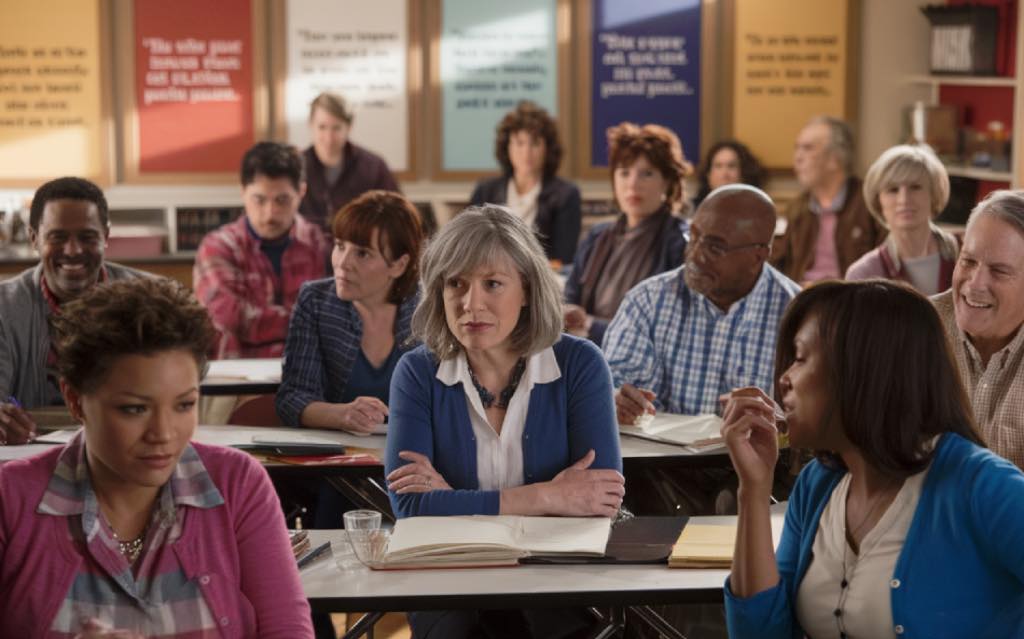
Eve’s character develops from a seemingly predictable suburban mother, defined largely by her maternal role, into a figure of striking contradictions and burgeoning independence. Perrotta meticulously details her inner world—marked by anxieties about aging, flickers of unexpected desire, and candid self-assessment—making her evolution feel authentic and recognizable. Her hesitant yet significant connections with the younger Julian and the more liberated Amanda act as catalysts, pushing Eve to question her assumptions about life and relationships and to navigate unfamiliar feelings regarding her own needs and sexuality.
Brendan Fletcher
Brendan’s storyline, meanwhile, portrays the awkwardness of late adolescence and a yearning for autonomy often expressed through posturing. His difficult dynamic with Eve illuminates the divides and lack of shared perspective that can arise between parents and children. Through Brendan’s fumbling social and romantic encounters, the novel comments on pressures surrounding male identity and intimacy in youth culture today. His changes happen alongside Eve’s own transformation, creating a pointed contrast: while Eve tentatively seeks new forms of connection and self-expression, Brendan often replicates superficial patterns, making their parallel journeys a study in differing paths toward maturity.
Supporting Characters and Their Roles
The novel’s intricate connections between characters are vital. While the bond between Eve and Brendan vividly portrays the mixture of friction and affection inherent in their mother-son ties, beyond this central dynamic, Eve’s various romantic involvements and friendships highlight how interactions with others—both supportive and difficult—contribute to the process of self-exploration throughout her changing life. Among those, Eve’s intimate connection with Julian disrupts her established path, with conventions surrounding age and propriety challenging their bond and forcing Eve into a necessary self-reflection.
The community college setting proves equally influential, introducing Eve to pivotal figures who challenge her perspectives. Among them are her thoughtful transgender professor Margo Fairchild, whose history offers another viewpoint on identity, and the candid Amanda Olney. These figures, alongside others like Amber—one of Eve’s younger coworkers at the assisted living facility/senior center where she works—present Eve with unfamiliar ideas and situations, collectively contributing to the evolution of her character.
Author’s Writing Style and Narrative Techniques
Perrotta utilizes clear, precise prose that directly yet gracefully captures complex emotional and social realities. His approachable style incorporates humor effortlessly into serious thematic discussions that enable nuanced portrayals without diminishing their gravitas. Perrotta’s narrative voice remains consistent, carefully balancing introspection with accessibility, which ensures that the emotional authenticity of his characters is always felt.
Use of Humor and Satire
A defining characteristic of Perrotta’s writing is his subtle, incisive humor, often employed to expose absurdities in modern suburban life. Satire emerges through the depiction of Eve’s self-discovery and Brendan’s youthful naiveté, which subtly highlights societal contradictions and personal hypocrisies. The humor operates both to create a distinctive tone and connection with the material and as a critical instrument for examining widespread assumptions and behaviors.
Multiple Perspectives
The novel frequently alternates between Eve and Brendan’s perspectives, thereby enriching the narrative with diverse insights into both characters’ internal struggles and evolving dynamics. This shifting viewpoints not only broadens the story’s scope but also deepens readers’ sympathy by portraying how two different individuals perceive and experience similar circumstances differently. These multiple vantage points amplify the emotional stakes of their individual journeys, creating a comprehensive and dynamic portrayal of modern relationships.
Integration of Technology
Technology is effectively employed both as a narrative device and thematic symbol, underscoring its profound impact on identity formation and interpersonal relationships. Eve’s ventures into the digital realm parallel contemporary challenges in reconciling online personas with genuine selfhood, while Brendan’s engagement with social media underscores generational differences regarding validation, intimacy, and personal fulfillment.
Symbolism and Motifs
The Home as a Symbol
Eve’s suburban home initially represents stability, domestic achievement, and the comfort of familiar roles. However, Brendan’s departure transforms it into a space marked by emotional void and introspection. The home’s shift from sanctuary to solitude symbolizes Eve’s internal journey as she reassesses her personal identity beyond motherhood and domestic duties, which further challenges conventional ideals of domestic bliss and satisfaction.
Technology as a Double-Edged Symbol
Technology emerges in the novel as both a tool for connection and a barrier that causes isolation. Eve’s engagement with digital platforms highlights the complexity of contemporary interactions, where superficial online connections simultaneously promise intimacy yet exacerbate feelings of detachment. Perrotta utilizes technology symbolically to illustrate modern contradictions around intimacy, community, and the authenticity of digital encounters.
Wings as Symbols of Aspiration and Liberation
Recurring imagery of wings underscores Eve’s aspirations toward freedom and authenticity. This symbolic motif reflects her subconscious desire to transcend established personal boundaries and external constraints. Wings metaphorically represent Eve’s gradual realization of her capacity for independence and fulfillment, marking her transformation into a self-aware individual free from the weight of previously held beliefs and self-limiting expectations.
Critical Reception and Reader Perspectives
The novel garnered praise from critics for its authentic depiction of contemporary challenges surrounding sexuality, generational divide, and personal identity. Perrotta’s skillful balance of humor and poignant social critique was frequently highlighted, with reviewers commending his ability to capture modern dilemmas with wit and empathy. However, some critiques pointed out a perceived lack of enduring impact compared to Perrotta’s earlier novels, citing Brendan’s storyline as occasionally superficial or underdeveloped.
Debated Interpretations of the Ending
Public reaction to the character of Mrs. Fletcher was notably engaged, particularly regarding the novel’s ambiguous conclusion. Readers extensively debated the merits of its open-ended nature, with some appreciating the realistic depiction of life’s inherent uncertainties, while others desired clearer resolutions to the journeys of Eve and Brendan.
The novel’s ambiguous ending has proven controversial, with some readers applauding its lack of closure and others deeming it inadequate. It could be argued that the resolution of Eve and Brendan’s arcs speaks to larger themes of identity, evolution, and transformation, however ambiguously and open-endedly. This vagueness allows room for reader interpretation and engagement, which potentially deepens the narrative engagement.
Comparisons to Other Works
In comparison to Perrotta’s previous novels, Mrs. Fletcher uniquely addresses contemporary digital life and its impact on personal identity and relationships. It maintains thematic continuity with his earlier works, such as Little Children (2004) and The Leftovers (2011), while distinctly exploring online culture and the potential for reinvention in midlife. This thematic evolution demonstrates Perrotta’s responsiveness to evolving societal concerns and his adaptability as a contemporary novelist.
Adaptation into HBO Miniseries
The novel reached a broader readership through its adaptation into an HBO miniseries, with Kathryn Hahn widely commended for her portrayal of Eve. The series visually rendered the key events of Eve’s midlife exploration of sexuality and independence, alongside Brendan’s parallel experiences with college and masculinity.
Necessarily, the transition to screen involved strategic interpretation; the novel’s deep access to characters’ internal monologues and anxieties shifted to a more externalized depiction. This change in medium sometimes resulted in adjustments to pacing or emphasis, potentially altering how certain character motivations or the subtleties of themes like technology’s role were presented compared to the novel’s treatment.
While offering a concrete visualization of Perrotta’s world, the miniseries stands as a distinct work. Its existence contributes to the ongoing discussion surrounding Mrs. Fletcher, bringing its central inquiries about desire, identity across generations, and the ambiguities of modern connection into the highly accessible format of television drama.
Selected Passage with Analysis
It was nothing, really, just a passing shadow, and Eve had lived long enough to know that it was foolish to worry about a shadow. Every had one; it was just the shape your body made when the sun came out. Her own was visible at that very moment, a familiar dark figure skimming the ground, moving slowly over the length of the shimmering carpet, leading her to the man she loved.
Closing paragraph, Mrs. Fletcher by Tom Perrotta
In this closing paragraph of the novel, the shadow symbolizes Eve's latent anxieties and uncertainties about identity and personal desires, subtly embodying fears she tries to dismiss. Shadows typically represent hidden or unacknowledged aspects of oneself; Eve's insistence that it's merely a passing shadow demonstrates her attempt to minimize these underlying apprehensions, reflecting her desire to maintain composure and optimism.
Eve’s awareness of the shadow signifies her mature acknowledgment of life's inherent ambiguities. By rationalizing it as a natural occurrence, she tries to suppress deeper emotional turmoil. Yet, her attention drawn to its presence reveals an ongoing internal tension between her outward stability and inward quest for meaning, reinforcing the duality of her character’s experience throughout the novel.
Contextually, this moment aligns closely with Eve’s broader journey of self-exploration and evolving relationships. The shadow's fleeting yet persistent presence echoes her struggle to define her identity independently of past roles, such as motherhood. This imagery underscores the novel's thematic elements of transformation, the complexity of human connections, and the ongoing tension between external appearances and internal truths, ultimately emphasizing the nuanced progression of Eve's personal growth.
Further Reading
In his seventh novel, Tom Perrotta’s heroine contemplates a completely empty nest by Moira Macdonald, The Seattle Times
Read an excerpt from Tom Perrotta’s next novel, Mrs. Fletcher by Isabella Biedenharn, Entertainment Weekly
Tom Perrotta on Adapting ‘Mrs. Fletcher’ for a Post-#MeToo World by Danielle Turchiano, Variety
‘Mrs. Fletcher’ becomes an object of desire in Tom Perrotta’s new novel by PBS NewsHour, YouTube
